When it comes to optimizing your website for search engines, every aspect matters, including the URLs of your webpages.
SEO friendly URLs play a crucial role in improving your website's visibility and attracting organic traffic.
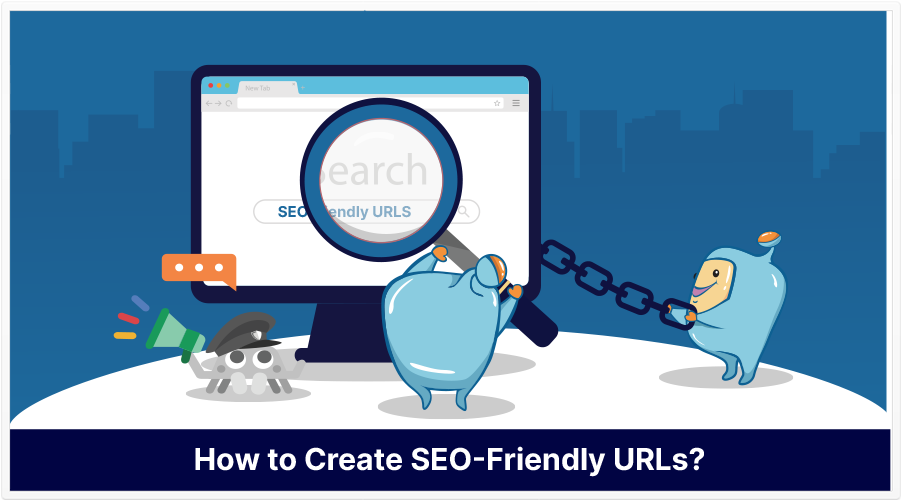
In this article, we will explore what SEO friendly URLs are, why they are important for SEO, and the best practices to follow when creating them.
By understanding the science behind URL optimization and implementing the recommended strategies, you can create URLs that not only please search engines but also provide a better user experience.
Let's dive in and learn how to create URLs that are optimized for maximum SEO impact.
Here is what you will read in this article:
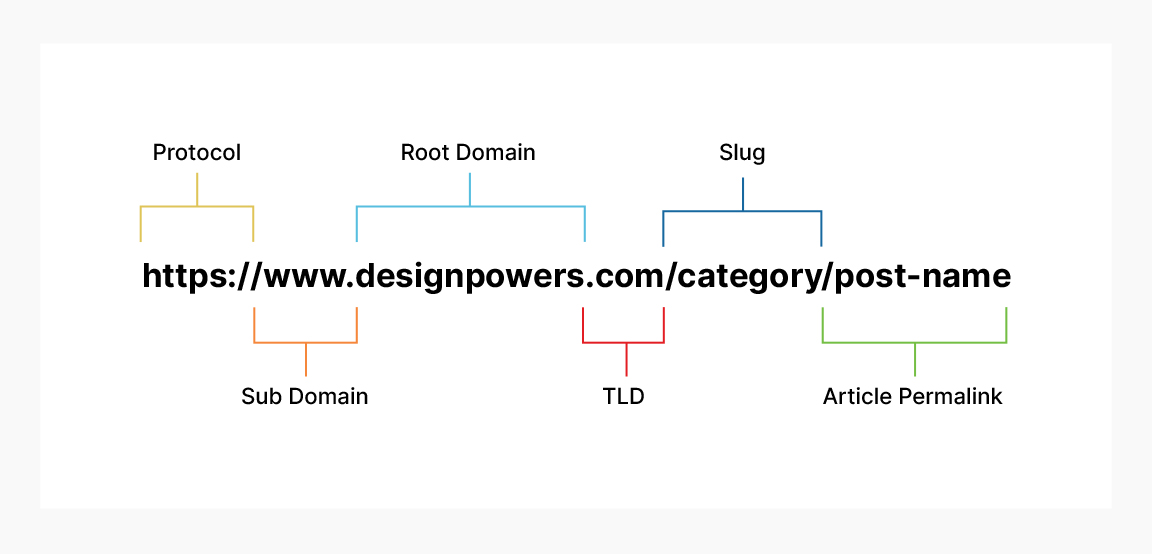
SEO friendly URLs are URLs that are designed to meet the needs of users and searchers.
They are short, keyword-rich, and provide a clear indication of the content of the webpage.
These URLs help search engines understand the topic of the page and improve its visibility in search results.
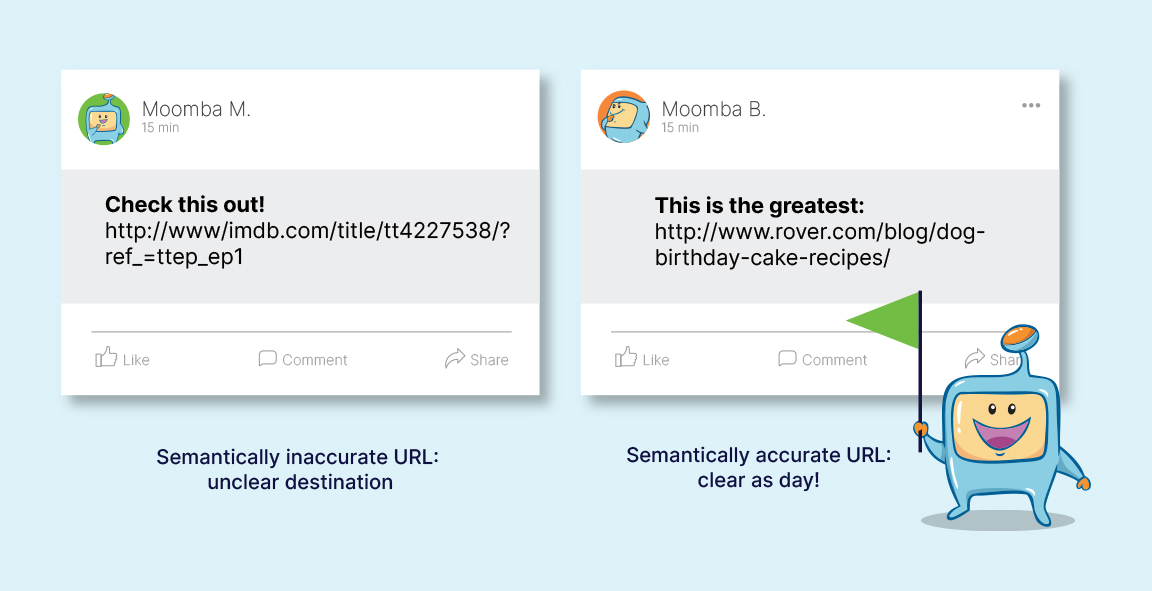
URLs play a crucial role in SEO as they provide important information to search engines about the content of a webpage.
Including relevant keywords in the URL helps search engines understand the topic and context of the page, improving its chances of ranking higher in search results.
URLs also contribute to the overall user experience by providing a clear and descriptive link that encourages clicks and sharing.
To improve your strategy on creating SEO Friendly URLs, consider the following steps:
It is important to include a targeted keyword in the URL to indicate the subject matter of the page.
This helps search engines and users quickly identify the content and relevance of the webpage.
When constructing URLs, it is recommended to use hyphens as word separators instead of underscores or spaces.
Hyphens make the URL more readable and understandable for both search engines and users.
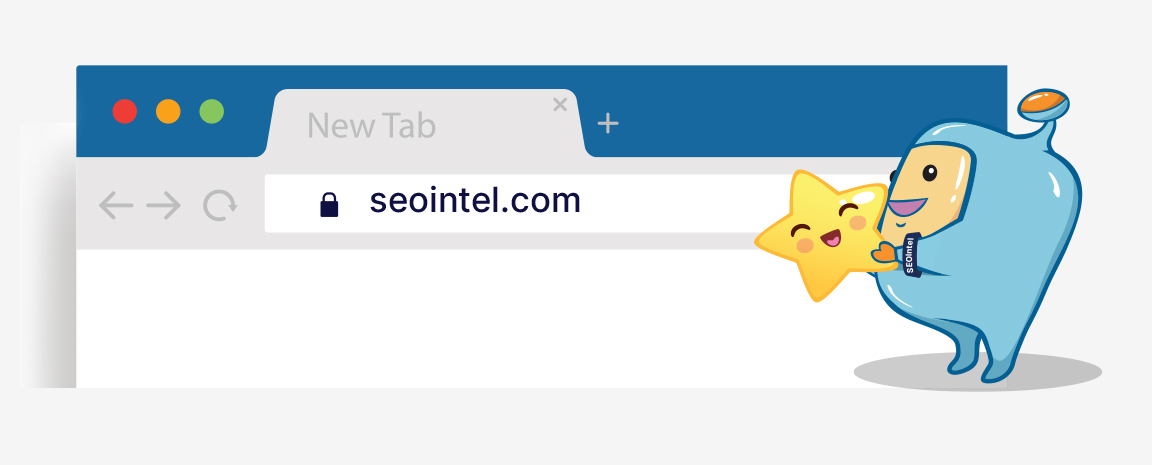
Keeping URLs short and concise is beneficial for SEO.
Shorter URLs are easier for search engines to interpret and understand, and they also tend to be more user-friendly and shareable.
Creating URLs that are enticing to click on and share can improve the organic click-through rate and increase social shares.
Clear and descriptive URLs give users a preview of the content and encourage them to click and engage with the webpage.
Using lowercase letters in URLs is recommended to avoid any potential issues with case sensitivity.
While most modern servers treat uppercase and lowercase letters the same, it's a good practice to maintain consistency and minimize the risk of errors.
It is advisable to avoid including dates in URLs unless absolutely necessary.
Dates can make URLs longer, less readable, and harder to update when the content evolves.
Using evergreen URLs that remain relevant over time is a better approach.
Organizing URLs in a logical and structured manner using subfolders can assist with website navigation and user experience.
Clear URL structures help visitors quickly find the content they are looking for and provide search engines with an understanding of the site's content hierarchy.
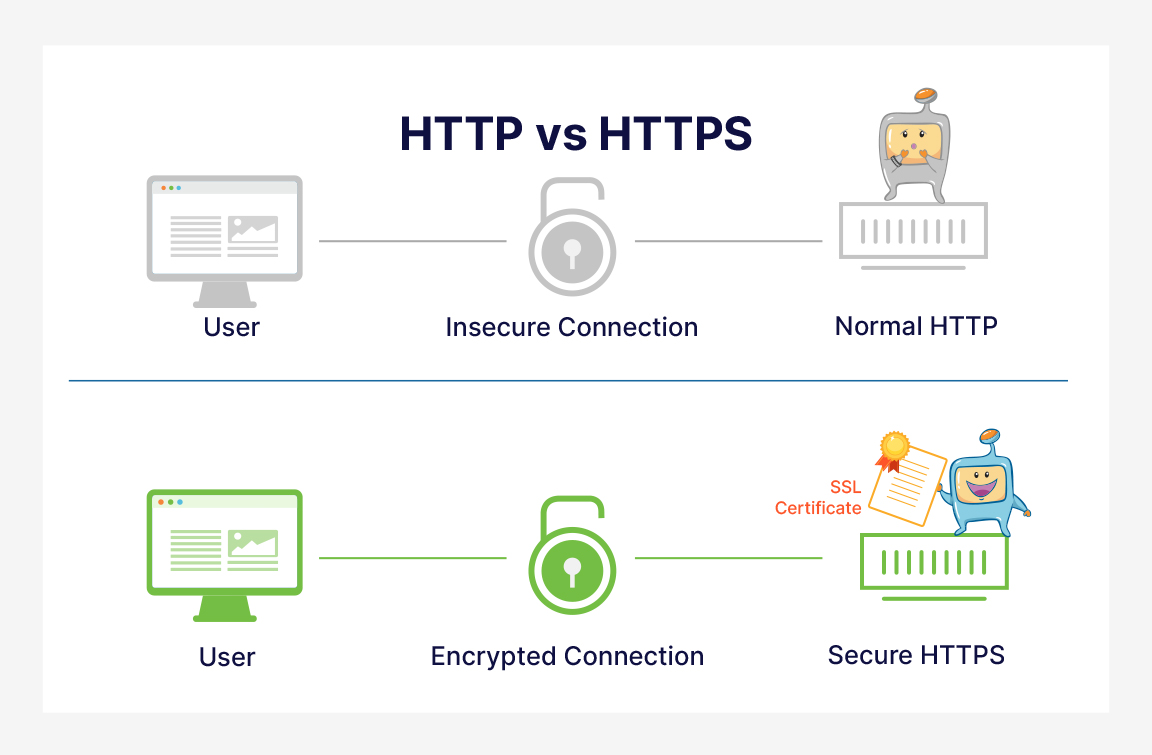
Using HTTPS (HyperText Transfer Protocol Secure) for your website is not only important for security but also for SEO.
HTTPS is now a standard requirement, and it provides an additional ranking advantage.
It instills trust in users and ensures secure communication between the browser and the web server.
Avoid using entire blog post titles as URLs because they can be lengthy and less focused on the targeted keyword.
Instead, aim for concise and keyword-rich URLs that accurately reflect the content of the page.
Avoid using dynamic URL parameters, such as UTM tracking, in your URLs.
Dynamic URLs can be longer, contain unnecessary information, and may cause duplicate content issues.
Whenever possible, use static URLs instead of dynamic ones.
Static URLs are more user-friendly and tend to perform better in search results.
They are also easier to share and remember, which can lead to higher click-through rates and improved user engagement.
When organizing content on your website, it is better to use subfolders rather than subdomains.
Subfolders keep the content within the main domain, allowing search engines to recognize the relationship between the sections and treat them as part of a unified website.
Incorporate relevant keywords in your URL that accurately describe the content of the webpage.
This helps search engines understand the context and improves the visibility of your page for relevant searches.

Aim for concise URLs that are easy to read and remember.
Avoid long strings of numbers, irrelevant characters, or excessive parameters.
Shorter URLs are not only user-friendly but also tend to perform better in search engine rankings.
If you have multiple versions of a webpage with similar content, it's important to specify a canonical URL.
This tells search engines which version of the page you prefer to be indexed, preventing duplicate content issues and consolidating the ranking signals for that particular URL.
While it's important to include relevant keywords, avoid over-optimizing your URLs by stuffing them with too many keywords.
This can appear spammy and may harm your search rankings.
Focus on creating URLs that are concise, readable, and accurately represent the content.
Optimizing URLs for SEO is an essential practice for improving search engine visibility and enhancing the user experience.
Remember, the ultimate goal of SEO friendly URLs is to create a positive user experience while providing clear signals to search engines about the content of your webpages.
By implementing the best practices described in this article, you can further optimize your URLs and overall success of your website in organic search results.